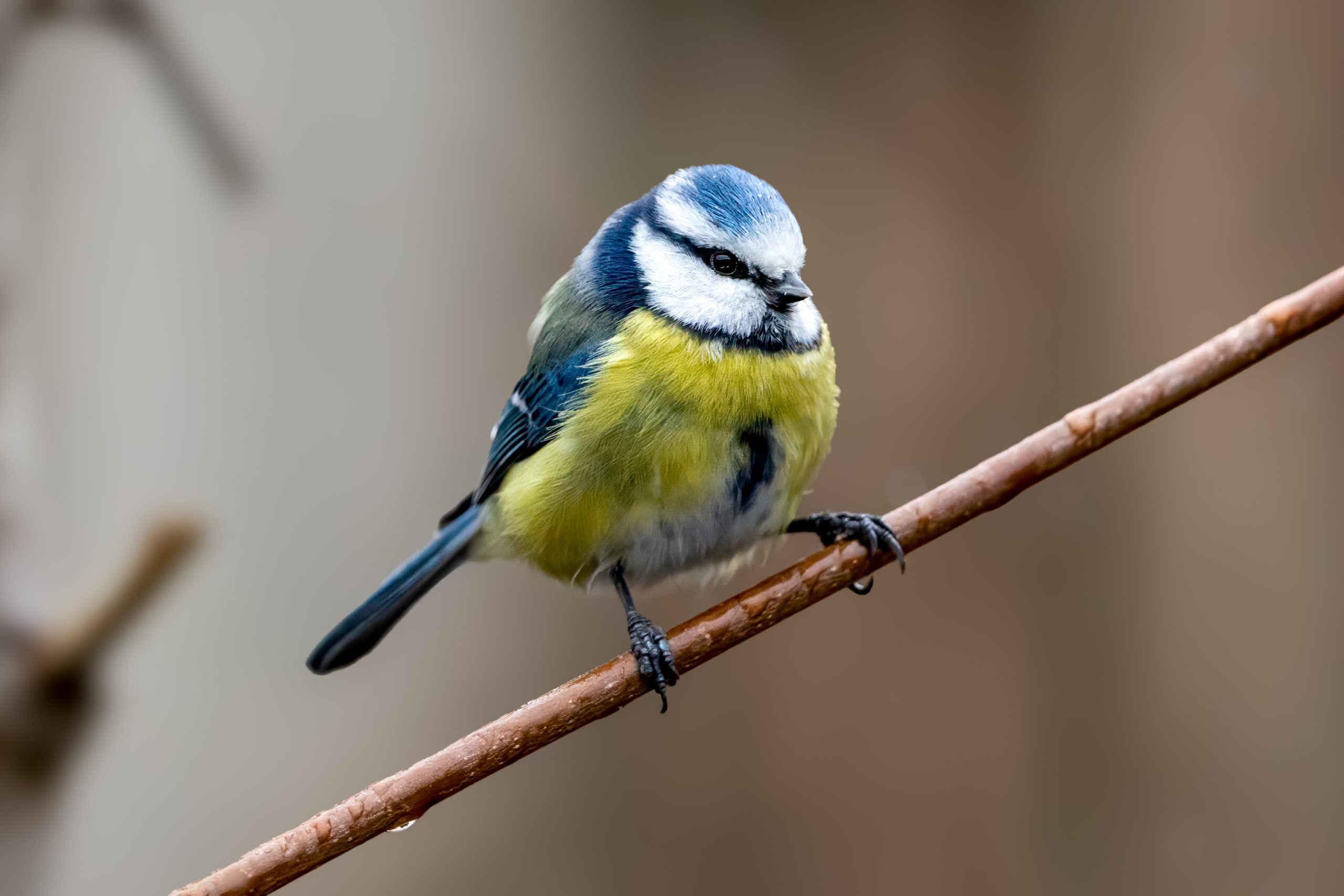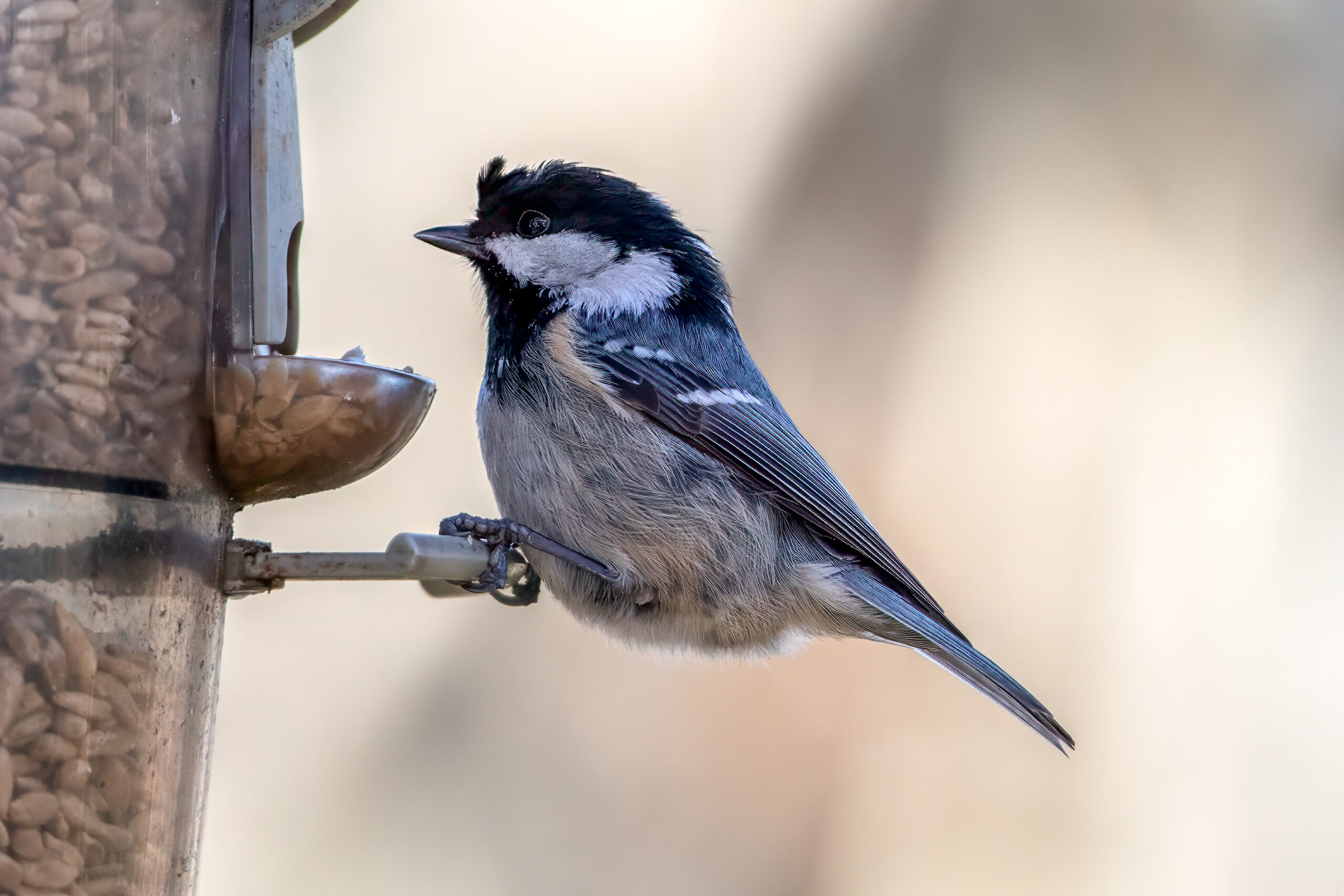Description
The crested tit (Lophophanes cristatus) is a small passerine bird that primarily inhabits the coniferous forests across Europe and parts of western Asia. It measures about 11.5 to 12.5 cm (4.5-4.9 in) in length, with a wingspan of 17 to 21 cm (6.7-8.3 in). Its plumage predominantly features a combination of grey, white, and brown tones. The bird’s most notable feature, the crest, is made up of elongated, pointed feathers that can be raised or lowered. In addition to its distinct crest, this tit also has a unique head pattern of black and white that sets it apart from other tits.
Diet & habitat
Crested tits are versatile feeders, adapting their diet seasonally to available resources. During the warmer months, their diet consists mainly of insects and spiders, which they adeptly pick from tree bark and pine cones. Come winter, seeds and conifer nuts become their primary food source, showcasing their ability to adjust feeding habits to survive the colder months. Their habitats are closely tied to coniferous forests, especially those with a mix of pine, where they find both food and nesting sites. They exhibit a preference for older forests with a rich undergrowth of shrubs, which provide ample foraging opportunities.
Nesting
The breeding season for the crested tit begins in late March, extending through to June. They are monogamous birds, often returning to the same nesting sites year after year. Nests are typically located in tree holes, either natural or excavated by woodpeckers, sometimes using crevices in buildings or nest boxes. The female lays between 5 to 8 eggs, which she incubates for about 14 to 15 days. Both parents participate in feeding the fledglings, which leave the nest approximately 18 to 22 days after hatching. This period of intense parental care ensures the survival of the offspring during their vulnerable early days.
Status
Because of a widespread distribution and large population, the crested tit is classified as least concern on the IUCN Red List. Despite this, habitat loss through deforestation and the decline of old-growth forests pose potential threats to their population densities in certain areas. Conservation efforts aimed at preserving their natural habitats are crucial to maintaining healthy populations of this distinctive species.








